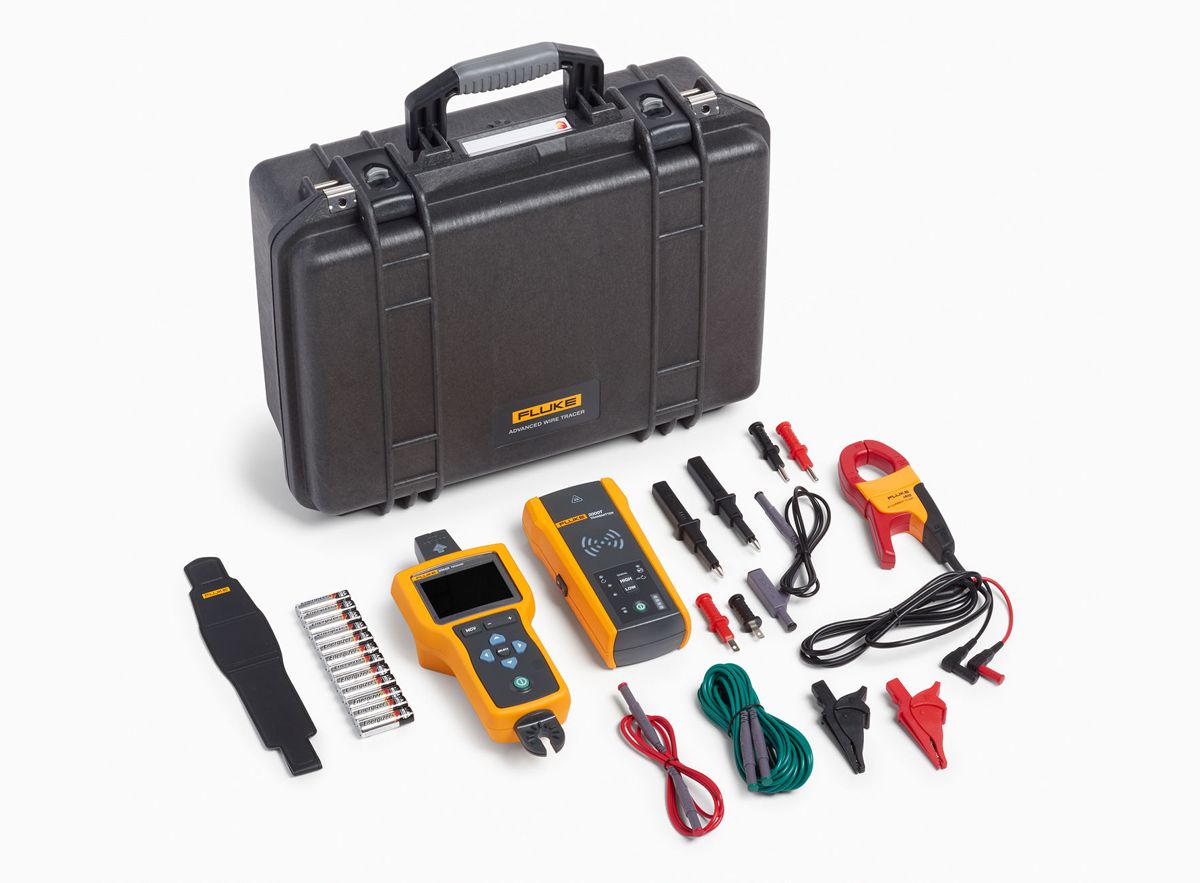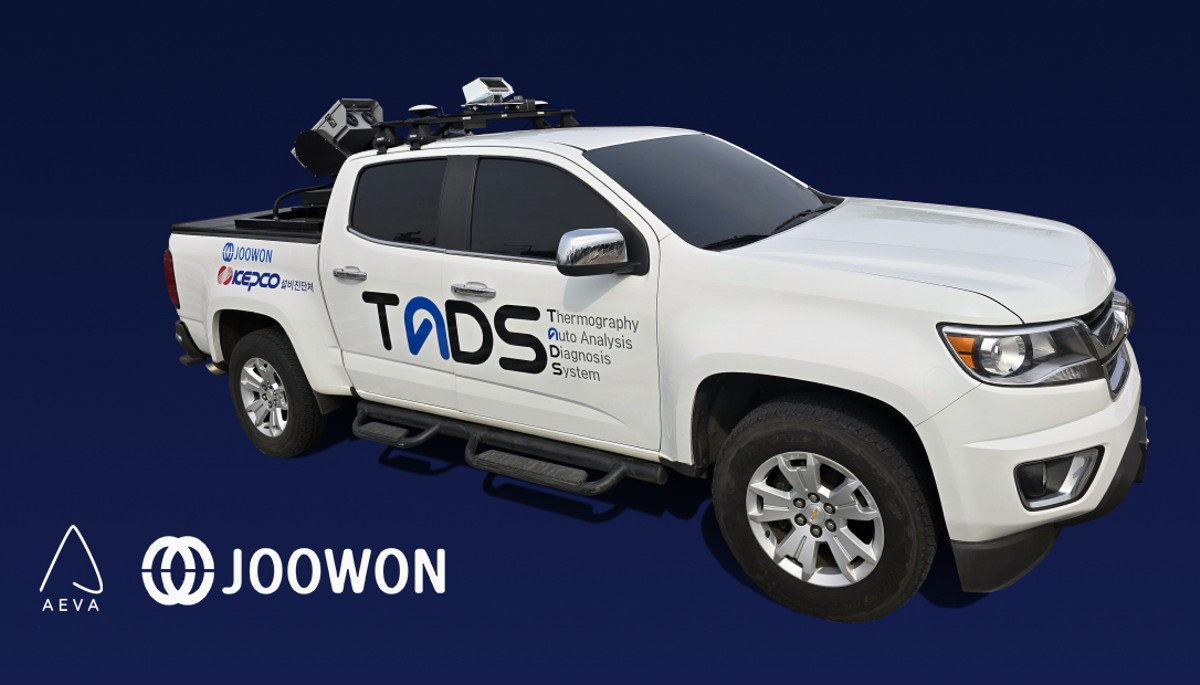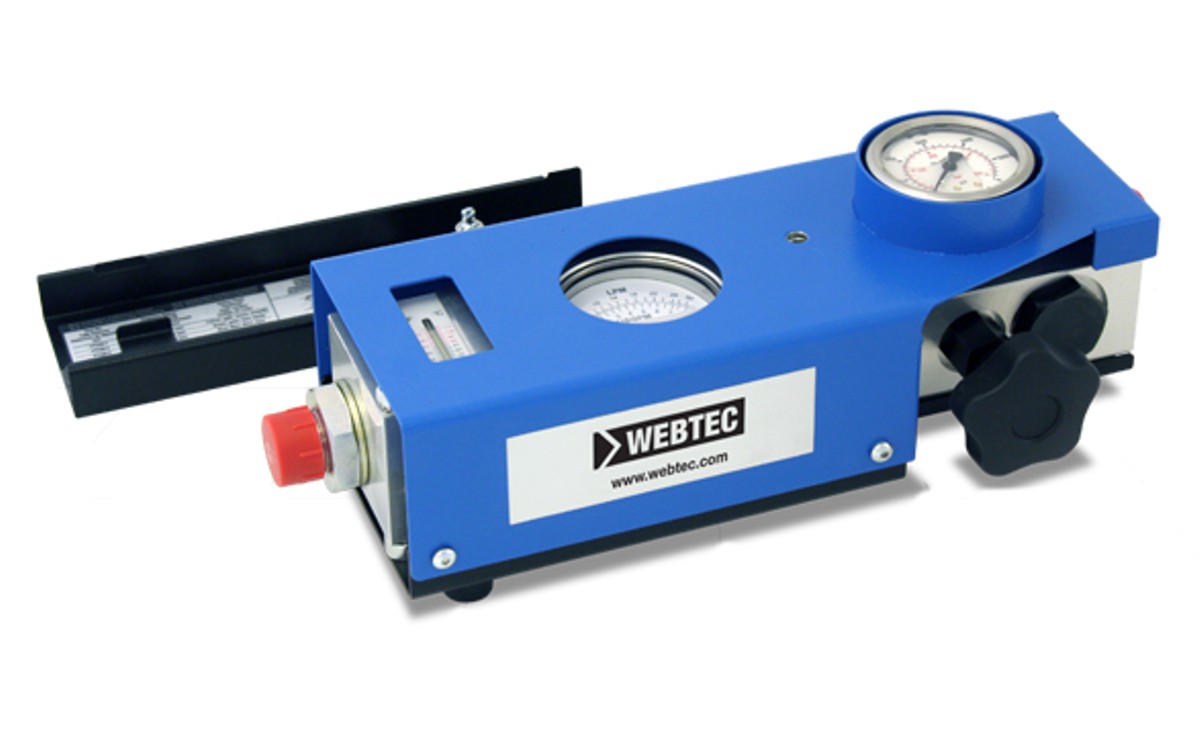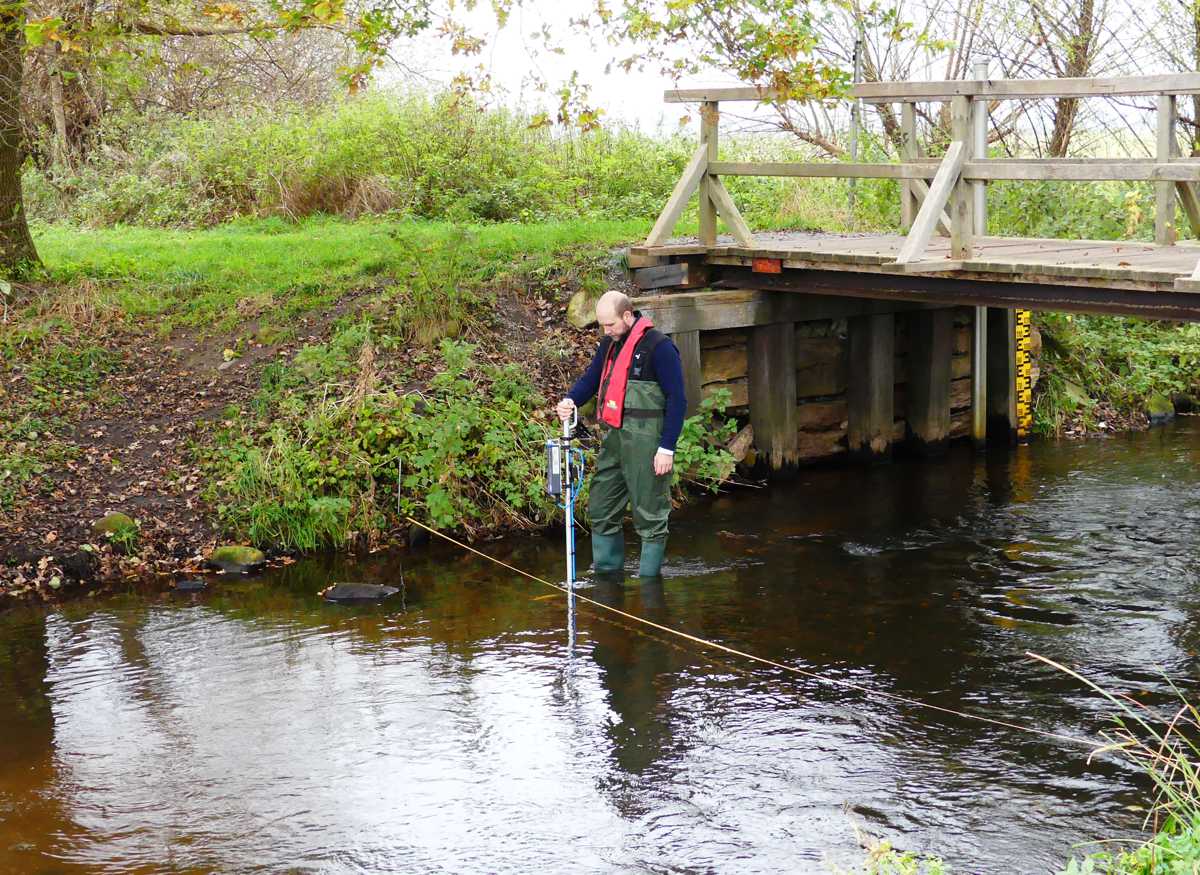Fluke Wire Tracers take the guesswork out of locating Wiring Problems
Tracing and troubleshooting wiring issues can be a frustrating, time consuming — and sometimes dangerous — job. The new Fluke 2052 Advanced and 2062 Advanced Pro Wire Tracers accurately and safely troubleshoot energized and de-energized wires in residential, commercial, and industrial environments up to CAT IV 600 V — the highest protection available on any wire tracer.
Electricians use a wire tracer to locate wires and identify circuits and breakers quickly and accurately. It consists of two parts: a transmitter, which generates a signal and sends it along the wire, and a receiver, which detects the signal in AC or DC current.
The Fluke Wire Tracers feature different modes and functions to give electricians the flexibility to troubleshoot a wide range of electrical wiring and circuitry problems. They are designed to protect electricians from the most dangerous levels of transient overvoltage — spikes up to 8,000 V — that can occur in industrial and utility environments like industrial plants, factories, and hospitals where critical equipment cannot be taken offline.
The patented Smart Sensor™ technology (available only on the Fluke 2062) makes wire tracing faster and easier. It locates and displays energized wires within walls, floors, and ceilings on a high-resolution 3.5-inch colour display. While the tip sensor provides an audible tone when locating wires, Smart Sensor helps visualize and pinpoint the orientation of energized wires, eliminating guesswork.
Four receiver tracing modes and three transmitter power modes
The 2052R and 2062R detect the signal in wires and cables using two methods: passive tracing without the transmitter for non-contact voltage detection and active tracing with the transmitter for all other modes:
- Quick Scan mode (2052 model) for quick signal identification or Smart Sensor mode (2062 model) for energized wire detection and visualization on the large colour LCD;
- Precision mode (2052 model) or Tip Sensor mode (2062 model) for more precise detection of a wire;
- Breaker mode for easy breaker and fuse identification based on the highest recorded signal detected from the transmitter;
- Non-contact voltage detection mode to trace energized wires without the use of the transmitter.
The 2000T Transmitter works on energized and de-energized circuits and features three modes that change the strength of the induced signal to provide more accurate results, depending on the circuit being traced:
- High mode for normal energized and de-energized circuits;
- Low mode for precision tracing with a low signal to reduce coupling to nearby wires and metal objects;
- Loop mode for closed loop de-energized circuits.
Wire Tracer Kits include everything needed to trace wires
Both wire tracers are available in kits that conveniently come with everything required to start tracing wires and circuits. The accessory kits include test leads, test probes, blade and round outlet adapters, and alligator clips to connect the transmitter to electrical systems.
Connecting the transmitter to a bare conductor with the included alligator clips and test leads will always provide the most accurate results. However, in situations where a direct connection to a bare conductor is not available, the included i400 AC Current Clamp can be used with the “Loop” mode to induce a boosted 6 kHz signal through the insulation.
The kit also includes batteries and a hard carrying case.















